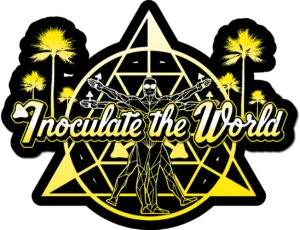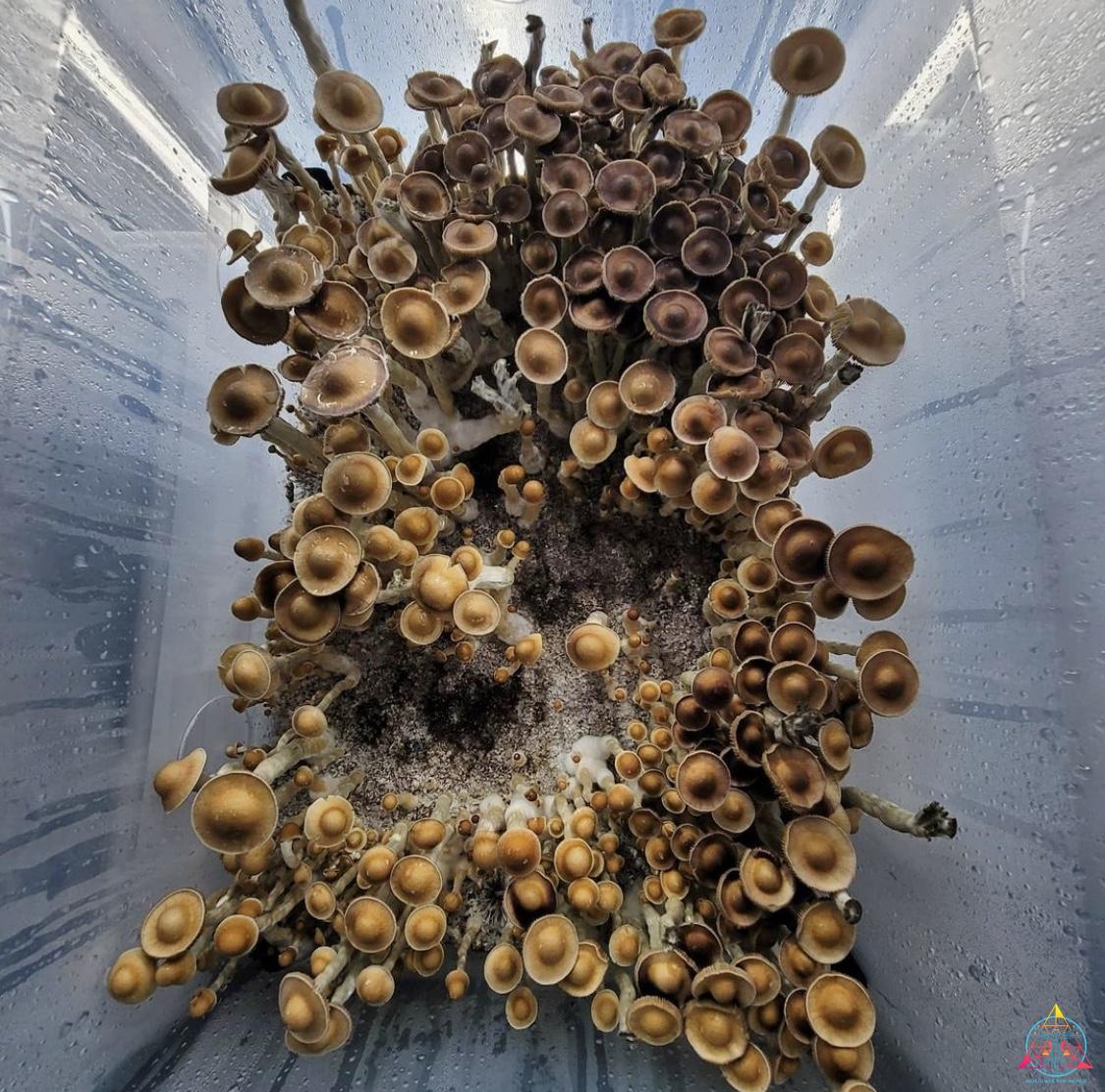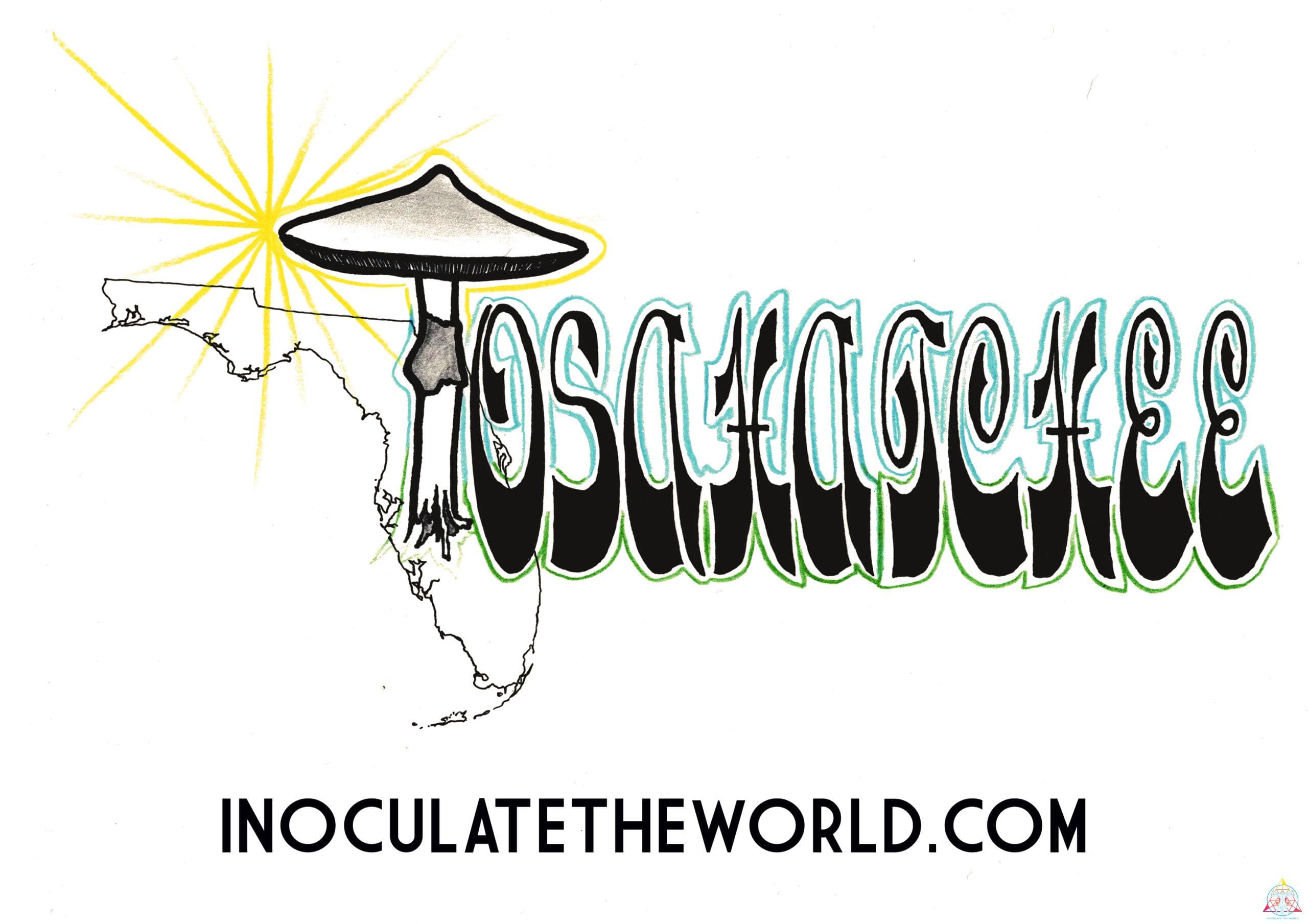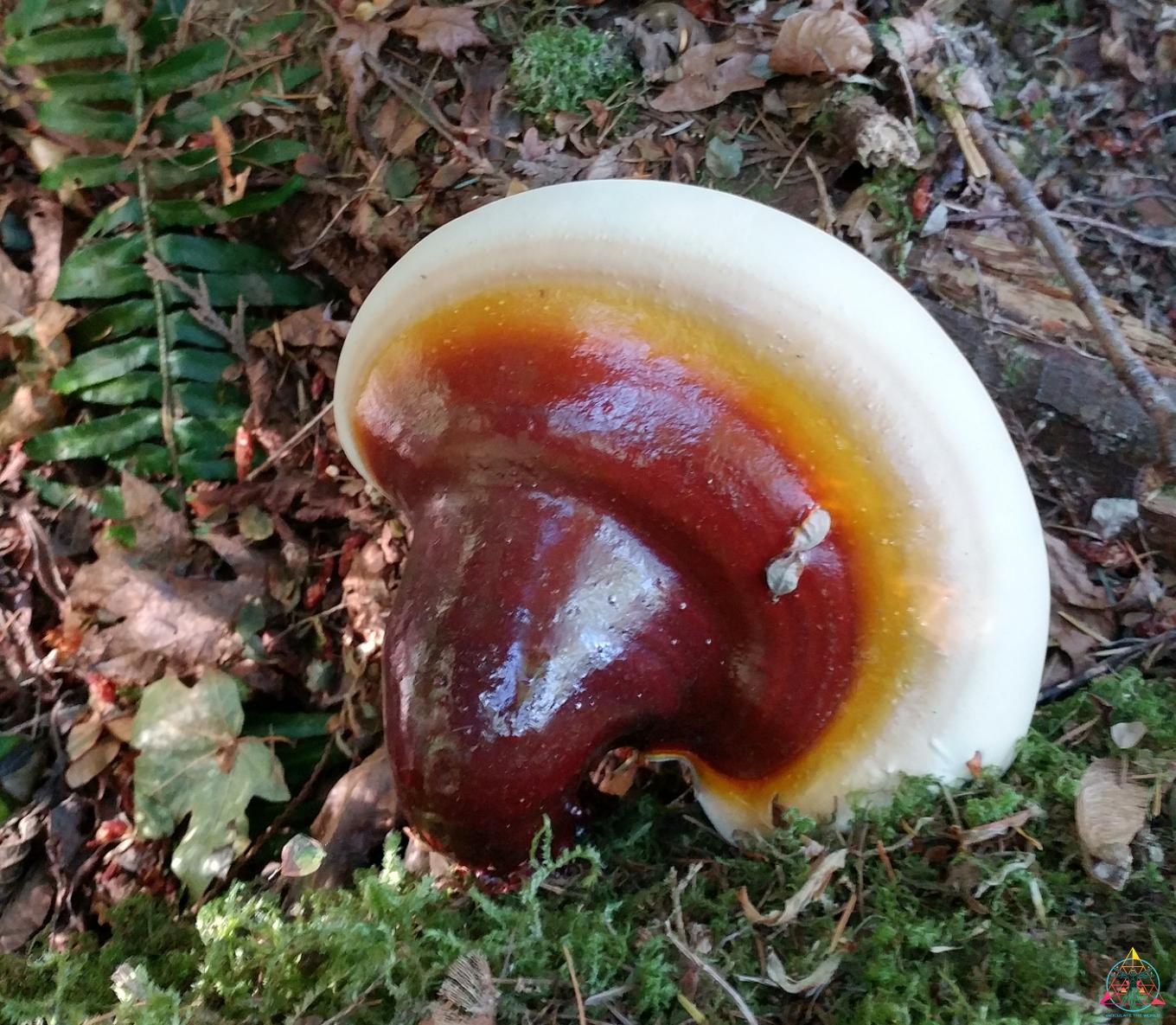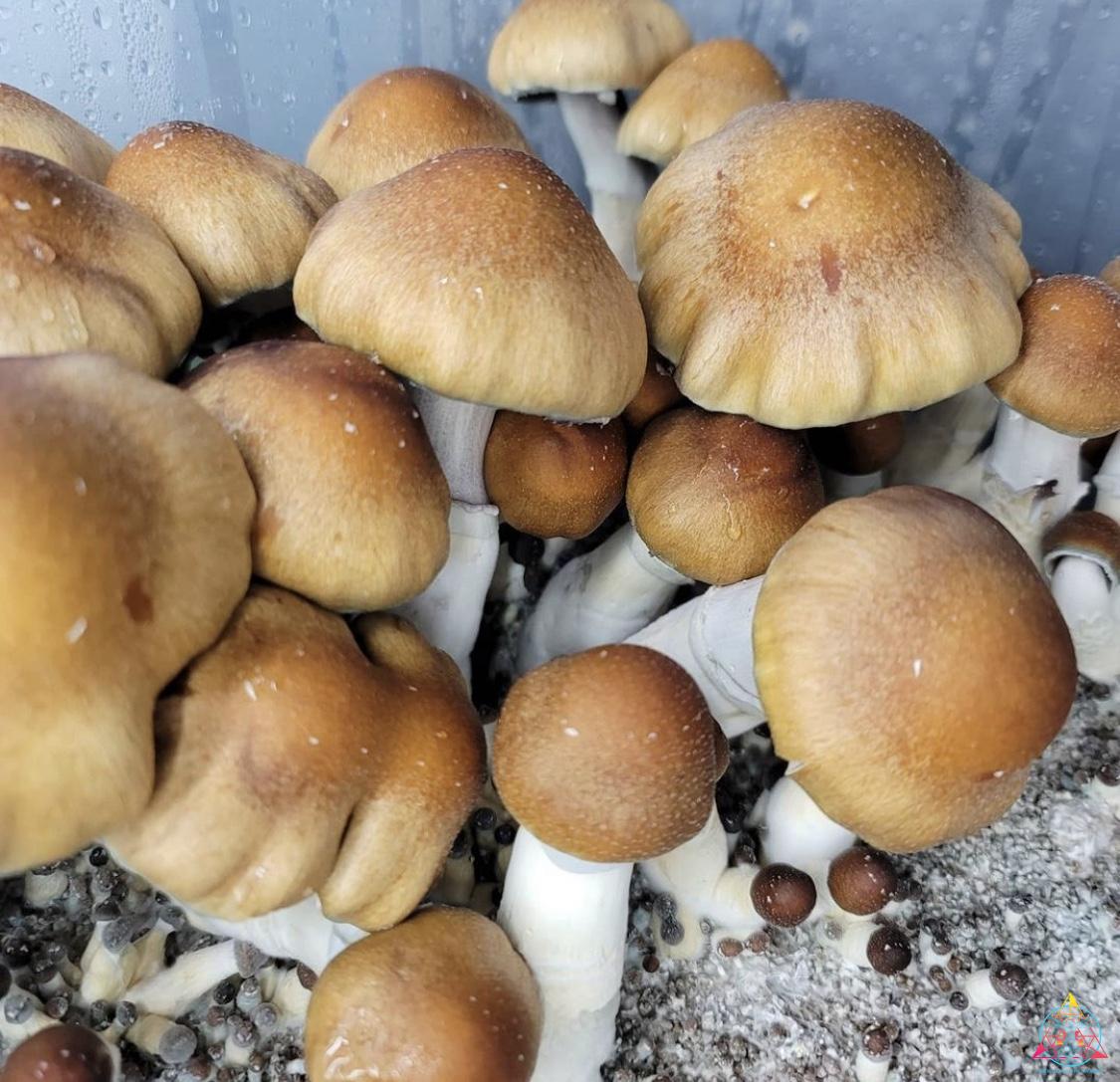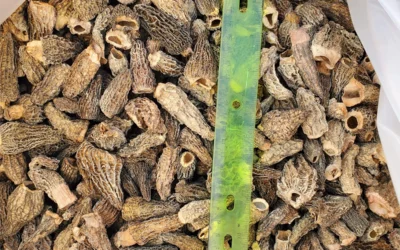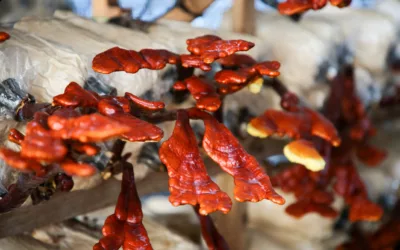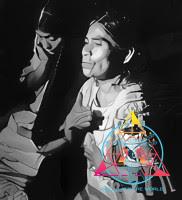
Maria was believed to be born in 1894-98 in the mountainous Mexican district of Huatla, but no records to prove it. Born into a poor family with ancestral shamans, she quickly took a liking to her grandparents who helped train her in the ways of communicating with God through the use of mushrooms. She grew up in meager conditions as a child due to the lasting effects of Spanish colonization. Sabina spoke on her childhood, stating, “we suffered very much, because we had nothing. Only hunger, only cold. I think that our will to live was very strong, stronger even than the will of many men. Our life wish kept us struggling every day just to get a piece of bread to quite our great hunger.” (Sabina 6:00”-7:00”)
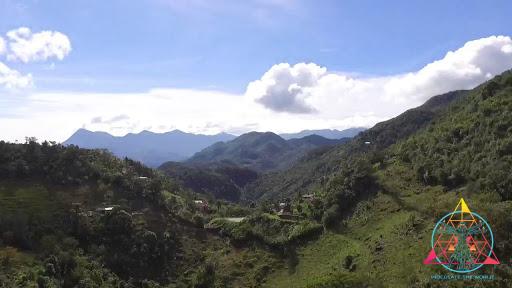
(Huatla pictured above)
At age fourteen, Sabina was forced into an arranged marriage to a man six years her senior with only several hours notice. After only six years of marriage and three children, she became a widow after her husband died at the age of 26, the same story as her mother just a decade earlier. Twelve years after Maria became a widow, a man started to make advances toward Sabina, but her response was “ I don’t need a man I know how to support myself, I know how to work” After much negotiation she finally accepted, but in the beginning it was still all on her terms, He had to move in with her family, get a job, and sober up, among several other things, but things quickly changed for the worse. Twelve years of abuse, beatings and cheating later, he had died. Both husbands were killed by the women they were cheating on Maria with. Heartbreak after heartbreak, she realized her destiny. Her fate was to be wise, to heal. In Mazatec culture, one cannot be a healer if they have sexual relations. For the duration of both of her marriages, Sabina had not partaken with what she refers to as “the little children”. The culture also believes that in order to meet with God and stay in his grace, one must abstain from sex for 4 days before and after the ceremony. Once she had sufficiently trained in the ways of these medicines, she had quickly become a magnate in the community. It was said that she would take Psilocybe cubensis to communicate with the realm of death to ask for knowledge on how to heal the wards in her care. She is solely responsible for bringing these mushrooms, which originate as microscopic spores, into the mainstream due to her willingness to treat anyone who is sick, not just the Mazatecas. It is hard to speak about her story without many people crediting Wasson, Hoffman, Leary, or Heim. But we won’t, because they are only a small part of this story. Those men owed their ability to participate in this sacred ritual to her, because not many other shamans would be willing to perform a healing ceremony on a foreigner. While they were not the first white men there, they were the first to openly publish their findings in a non-scientific manner. Shortly after getting back to the US, they published news articles speaking of the mushroom ceremony.
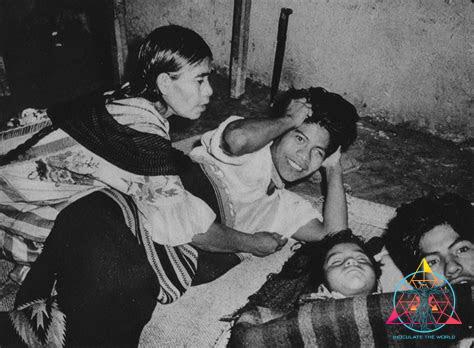
Rockero.net wrote “The notoriety of this woman began to grow extensively. What she was using was called magic mushrooms, at least in the United States, starting in the early 1960s. People began seeking her out, and during this time, thousands of people came to Sierra Mazateca. During 1967, throngs of Western Europeans, Canadians, and people from America rented cabins to stay in the region for extended periods. Much of this was started because of a 1957 article that was in Life Magazine, titled Seeking The Magic Mushroom, which depicted the findings of R. Gordon Wasson. It is this article which inspired many notable people such as Keith Richards, Mick Jagger, John Lennon, and even Bob Dylan to make the trip down to Oaxaca. Sabina was initially very receptive to visitors, but later changed her views due to what was perceived as a lack of respect for traditions. She related the fact that the mushrooms, which she referred to as the children, were used to cure the sick. Only after his study did people flock to her location in an attempt to find God only.” (name unknown 2)
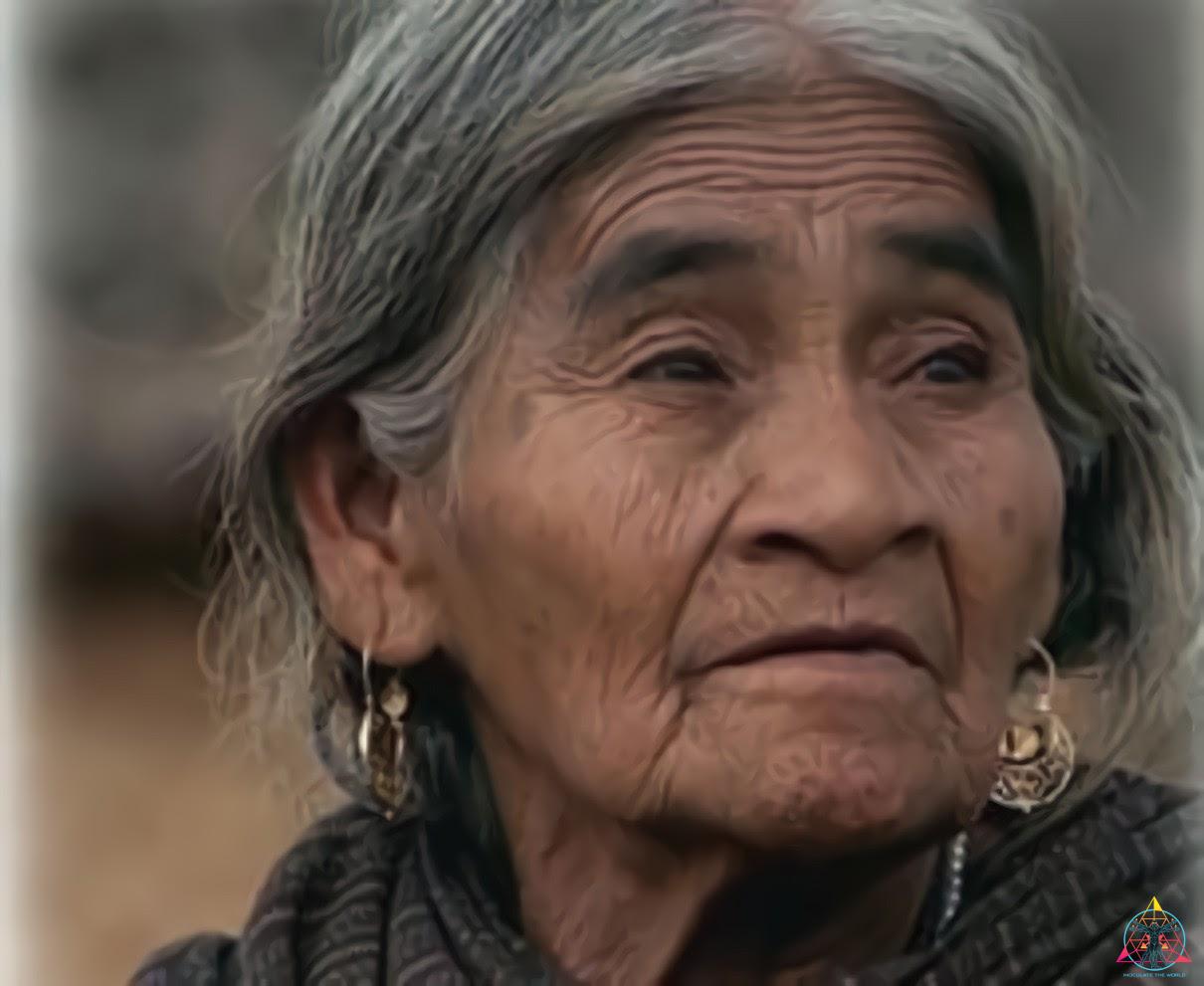
As the popularity of mushroom ceremonies grew, so did the influx of foreigners like hippies, corporate executives, generals, and politicians, bringing Maria negative attention from her own community. After being ostracized for sharing these sacred medicines with the West, she had said she regretted giving Wasson the ceremony. He claimed that these were better in the hands of the sum of human knowledge than being held behind the curtain of religion. As romantic as that sounds, the entire time he was being paid for his work by the CIA for his role in identifying compounds and exploiting many sacred medicines for the mind control experiments of MKULTRA. (Irvin, Jan) She was being watched by the Mexican government because of suspicion of drug dealing, she was arrested and jailed several times. One of the days she was jailed her house was burnt down, forcing her to move to the outskirts of society making her bitter at first but slowly came to accept it. All of this buzz changed when the Mexican army put a ban on all foreign citizens from entering Huatla between 1967and 1977. Maria could not be stopped from healing her wards though.
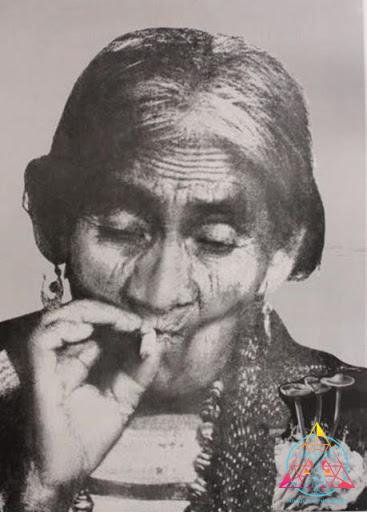
After upwards of 40 years of shamanic service, María Sabina Magdalena García Passed away on the 22nd of November 1985. She was estimated to have lived to 91-97 years old. Hated by some, love by many, her story is that of heartbreak and regret. She said it was all her destiny, she had no grand vision of thousands of peoples flocking to Hautla. She was a shaman that was taken advantage of and still is to this day. The district of Huatla is still incredibly poor. The place that has made people billions of dollars since its discovery, has no money. Please find a way to support our indigenous siblings and share the love that we have stolen. This is an organization that InoculateThe West stands behind and has been donating to.
Bibliography
name, unknown. “Who Was Maria Sabina?” 2018,
Irvin, Jan (2013). Rush, John (ed.). R. Gordon Wasson: The Man, the Legend, the Myth. In: Entheogens and the Development of Culture. Berkeley: North Atlantic Books. location 10098-10170. ISBN 978-1-58394-624-4.
Allen, John W. (1997).
María Sabina: Saint Mother of the Sacred Mushrooms. Ethnomycological journals, v. 1
Related Articles
Forage to Feast: Exploring the Biology and Culinary Magic of Morel Mushrooms
It’s a mild spring day, with the warm sun casting flecks of light on the forest floor. Deciduous tree branches tangle together overhead and close in around a grassy depression, likely the remnant of a past disruption or abandoned pathway. The mushroom forager...
The Mushroom of Immortality: Learn About Medicinal Reishi Mushrooms
Reishi, along with the entire Ganoderma Genus, is prized for its health benefits, and is among the most unique-looking fungi in our collection. In this article, we’ll discuss some of the health benefits of Reishi mushrooms and Ganoderma as a whole. We’ll also discuss...
Washington’s New Psilocybin Therapy Bill & The Future of Legal Mushrooms
At the beginning of this year, Senator Jesse Salomon along with thirteen co-sponsors, filed Senate Bill 5201. This bill would allow for psilocybin-assisted therapy in Washington State. If passed, it would structure regulations for licensed therapeutic programs using...

